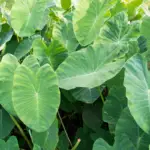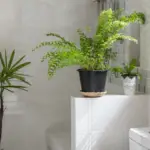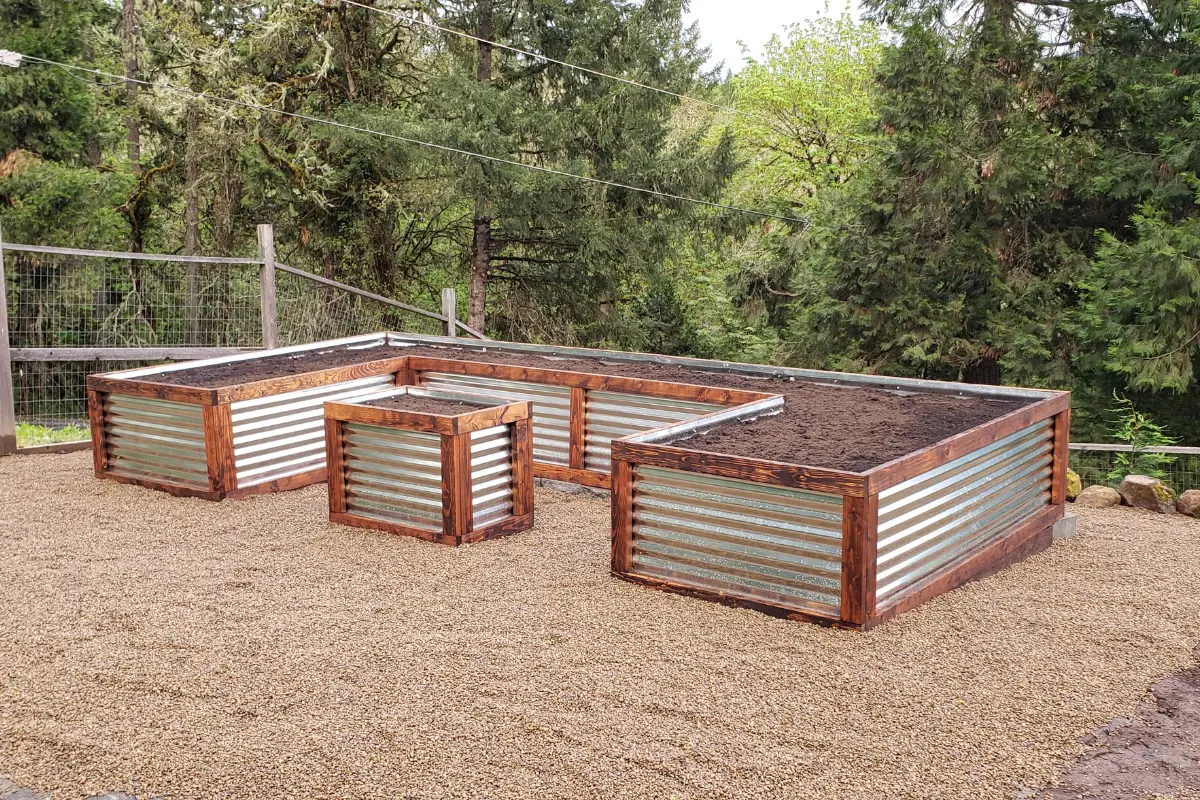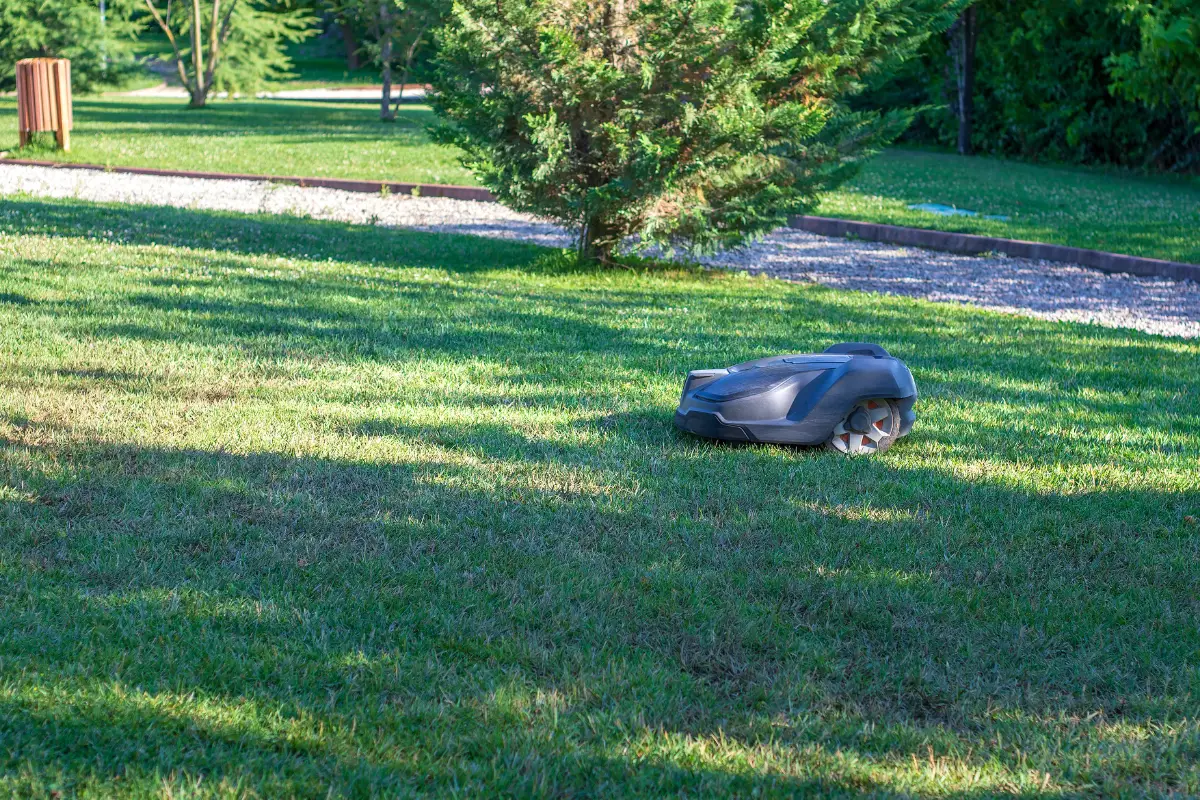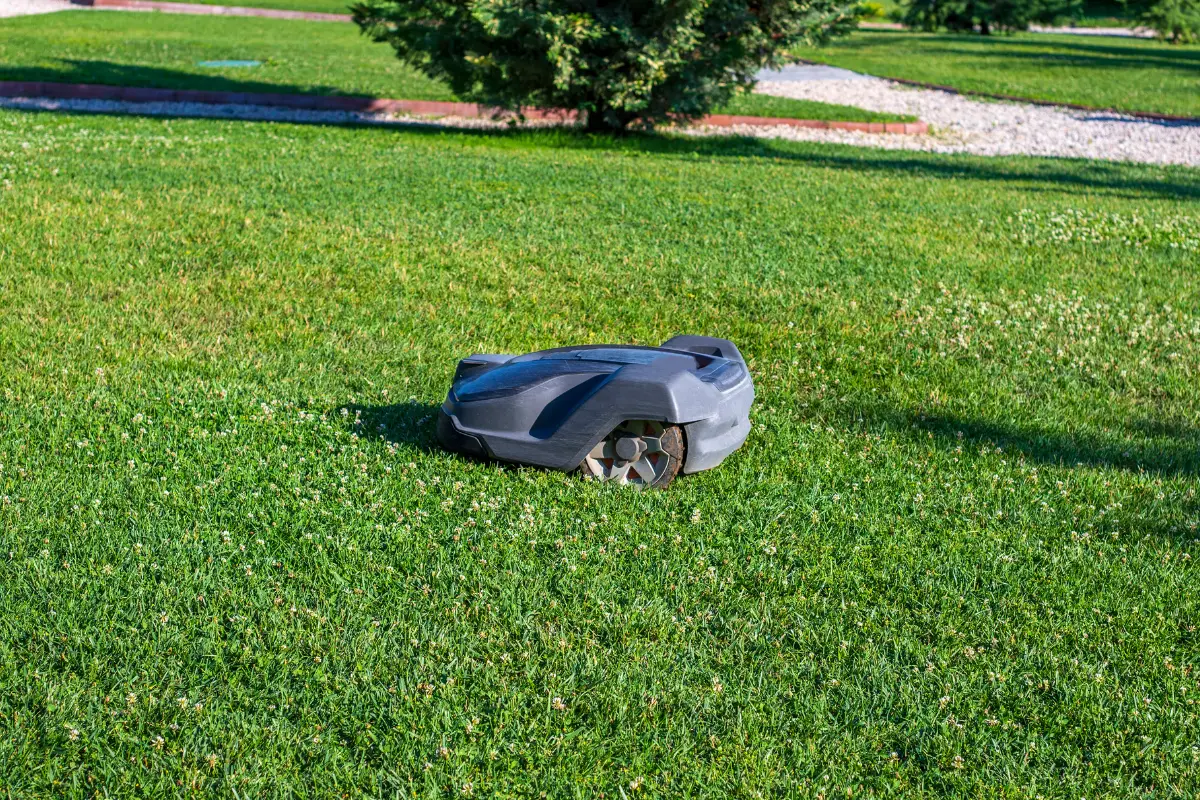Water beads are a popular choice for gardeners who want to improve their plant’s water retention.
These small, colorful beads are designed to absorb water and slowly release it to plant roots over time.
While many gardeners swear by their effectiveness, there are also some potential drawbacks to using water beads for plants.
One of the biggest benefits of water beads is their ability to retain moisture. This can be especially helpful for plants that require consistent watering or live in dry climates.
Additionally, water beads can help to reduce the amount of water needed for a plant, which can save time and money in the long run.
However, there are also some potential downsides to using water beads that gardeners should be aware of.
For example, some studies have suggested that water beads may not always be the best choice for plants. In some cases, they can actually lead to root rot or other issues if not used properly.
Additionally, water beads can be expensive and may not be cost-effective for all gardeners.
As with any gardening tool, it’s important to weigh the pros and cons of using water beads before deciding whether or not to incorporate them into your gardening routine.
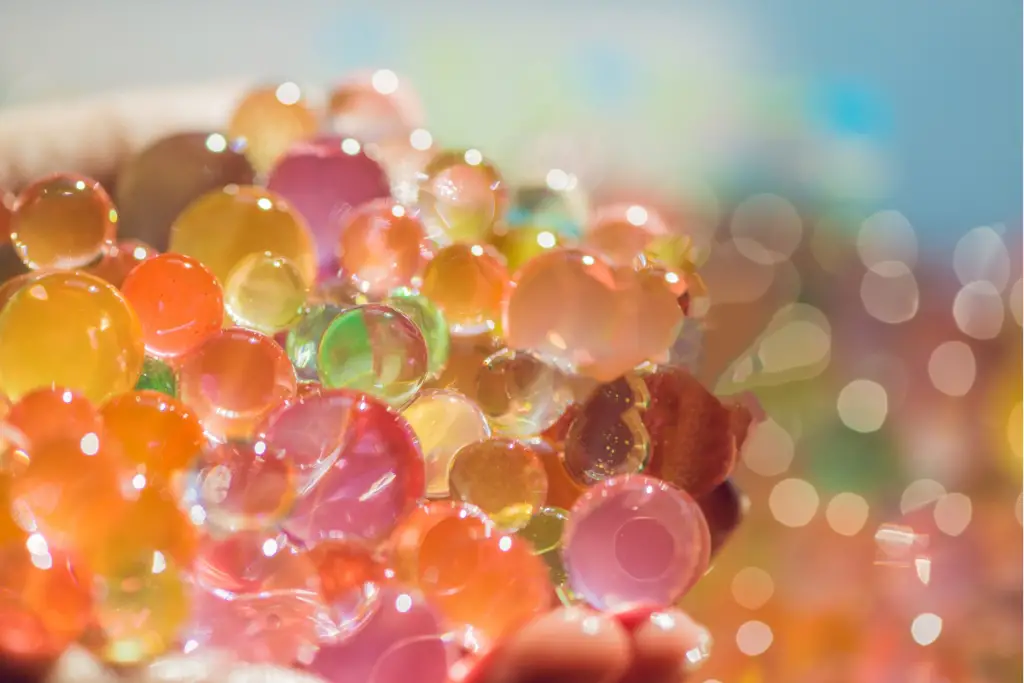
Table of Contents
What Are Water Beads
Water beads, also known as gel beads, hydro orbs, crystal soil, or jelly beads, are small, super-absorbent polymer crystals that can hold and release water.
These beads are popularly used in decorative purposes, such as in vases, centerpieces, and floral arrangements, as well as in sensory play and therapy.
Water beads are usually sold in a dehydrated state, which means they are tiny, hard beads that resemble grains of sand or salt.
When exposed to water, they can absorb and expand up to 300-400 times their original size, forming soft and squishy gel-like balls that are pleasing to touch and look at.
Water beads come in various colors, sizes, and shapes, and are often marketed as a non-toxic, biodegradable, and eco-friendly alternative to traditional decorative materials.
However, it is important to note that not all water beads are created equal, and some may contain harmful chemicals or additives that can pose health risks to humans and animals.
Overall, water beads can be a fun and creative way to add color and texture to your home or garden, but it is crucial to use them responsibly and with caution.
- Made only with non-toxic materials for safety of children and environment
- Bright Colorful Jelly beads expand to 9-12mm and soft to grab
- Helps kids with color recognition, counting & fine motor skill
- Not only suitable for kids also adults. Ideal for centerpieces, any floral design, weddings, home or plant decoration, vase filler, showers parties
Prices pulled from the Amazon Product Advertising API on:
Product prices and availability are accurate as of the date/time indicated and are subject to change. Any price and availability information displayed on [relevant Amazon Site(s), as applicable] at the time of purchase will apply to the purchase of this product.
Pros Of Using Water Beads For Plants
Water beads are small, colorful, and round beads made from a water-absorbing polymer that can be used to water plants in a variety of ways, including as an alternative to soil.
Here are some of the pros of using water beads for plants:
Improved Moisture Retention
One of the main benefits of using water beads for plants is that they can help improve moisture retention.
Water beads are capable of absorbing and holding large amounts of water, which they gradually release to the plant’s roots as needed.
This can help prevent overwatering and underwatering, which can be harmful to plants.
Enhanced Aesthetics
Another advantage of using water beads for plants is that they can enhance the aesthetics of your indoor or outdoor garden.
Water beads come in a variety of colors and can be used to match your home decor or to create a unique and eye-catching display.
They can also be used to add a decorative touch to fishbowls with betta fish or goldfish.
Cost-Effective
Water beads are a cost-effective alternative to traditional soil. They are relatively inexpensive and can be used repeatedly, making them a more sustainable option.
Additionally, water beads can help reduce the amount of water needed to maintain healthy plants, which can save you money on your water bill.
Ease Of Use
Water beads are easy to use and require minimal maintenance. They do not require any fertilizers or pesticides, and they do not attract pests or insects.
Additionally, water beads can be used with a variety of plants, including indoor houseplants and outdoor garden plants.
Overall, water beads can be a great option for those looking to improve moisture retention, enhance aesthetics, save money, and simplify plant care.
Cons Of Using Water Beads For Plants
Water beads have gained popularity among plant enthusiasts due to their ability to retain water and release it slowly.
However, there are some cons to using water beads that should be considered before deciding to use them.
Potential Overhydration
One of the main concerns with using water beads is the potential for overhydration. If the beads are not used properly, they can hold too much water, which can lead to root rot and other issues.
It is important to use the correct ratio of water beads to water and to monitor the moisture levels of the soil regularly.
Non-Biodegradable
Another downside of water beads is that they are non-biodegradable. This means that they do not break down over time and can accumulate in the soil.
As a result, they can harm the environment and potentially harm wildlife. It is important to dispose of water beads properly and not to use them in areas where they can be easily spread.
Risk To Children And Pets
Water beads can also pose a risk to children and pets. The beads can look like candy or toys, which can lead to accidental ingestion.
If ingested, water beads can cause blockages in the digestive system, which can be dangerous. It is important to keep water beads out of reach of children and pets and to monitor their use carefully.
In conclusion, while water beads can be a useful tool for plant care, they also have some cons that should be considered.
It is important to use water beads properly, dispose of them carefully, and keep them out of reach of children and pets.
Best Practices When Using Water Beads
When using water beads for plants, it is important to follow best practices to ensure healthy growth and avoid any negative consequences.
Here are some tips to keep in mind:
Choosing The Right Beads
Not all water beads are created equal. It is important to choose beads that are specifically designed for use with plants.
These beads are typically made from a non-toxic polymer that is safe for plants and the environment.
Avoid using beads that have been treated with chemicals or dyes, as these can be harmful to plants.
Proper Hydration
Before using water beads, it is important to properly hydrate them. This involves soaking the beads in water for several hours until they have expanded to their full size.
It is important to use the right amount of water to ensure that the beads are fully hydrated and not too wet or dry.
Safe Handling And Storage
Water beads should be handled with care to avoid any damage or contamination. It is important to wash your hands thoroughly before handling the beads, and to avoid touching them with dirty or contaminated hands.
After use, the beads should be properly cleaned and stored in a cool, dry place away from direct sunlight.
By following these best practices, you can ensure that your plants receive the benefits of water beads without any negative consequences.
Conclusion
Water beads can be a useful tool for plant care, but they also have their downsides. When used correctly, they can help regulate moisture levels, reduce watering frequency, and improve plant growth. However, they can also pose a risk of suffocation to plants if used improperly.
One of the main advantages of water beads is their ability to retain water. They can store up to 300 to 400 times their original volume in water, which can be beneficial for plants that require consistent moisture levels.
Water beads can also release water back into the soil at a slow and steady rate, reducing the need for frequent watering.
On the other hand, water beads can be harmful to plants if not used correctly. If the beads are not properly hydrated before use, they can absorb too much water and suffocate the plant’s roots.
Additionally, if the beads are not regularly monitored and replaced, they can become a breeding ground for bacteria and other harmful microorganisms.
When considering using water beads for plant care, it is important to weigh the pros and cons carefully.
They can be a useful tool for improving plant growth and reducing watering frequency, but they also require careful monitoring and proper use to avoid harming the plants.
- How to Dry Basil Leaves: A Professional Guide
- Is an Avocado a Fruit or Vegetable? Simple Answer and Explanation
- Does Pineapple Have Seeds? Exploring the Anatomy of Pineapples
- Blooming Through Winter: Can I Grow Vegetables Indoors in the Winter?
- What Can You Grow in a Greenhouse All Year Round: A Guide to Year-Round Greenhouse Gardening
- Are Blueberries Blue? Debunking the Myth of Their Color













